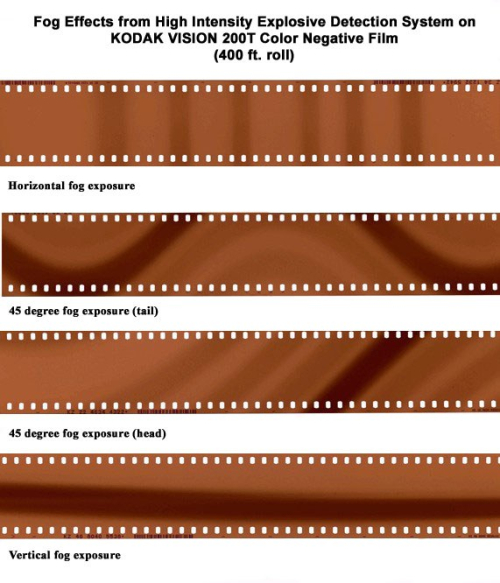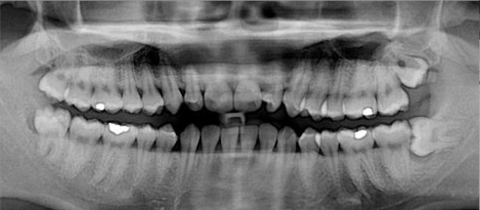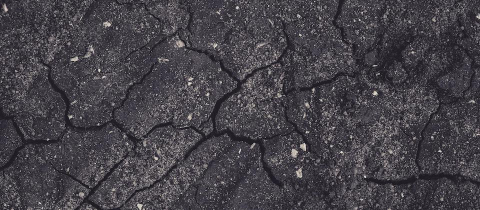Film photography has risen in popularity in recent years due to its authenticity and unique aesthetic. Whether it’s the thrill of waiting for your film to be developed, or the nostalgic vibe these photos provide, many people these days are discovering (or rediscovering) the beauty of analog photography. In fact, film sales doubled between 2009 and 2019, after reaching an all-time low.
#35mm
With digital photography being so accessible, it may be surprising that film cameras are still on the market. But with millions of hits tagged #35mm (the width of the film) and thousands of new film-dedicated accounts popping up on Instagram, the appeal has definitely been on the rise. And between cheap, vintage point-and-shoots, and easy-to-use disposable film cameras, it’s quite attractive even for beginners to get into this type of photography. Each roll of film normally captures 36 photos, making each shot that much more special. So, it’s common to try to capture exciting moments like birthdays, milestones, and vacations!
If you ever travel with your film camera, you’re likely to encounter the dilemma of what to do when you pass through security. Photography experts will warn you to avoid sending your film through X-ray machines along with the rest of your belongings. But what does science have to say?
Film usually comes as a rolled-up strip of transparent plastic. But it is more complex than it looks. One side of this film is made up of a gelatin emulsion containing photosensitive silver halide crystals, meaning that your photo is taken by means of a chemical reaction triggered by light! When you click the shutter button, the camera quickly allows light to pass inside, causing silver ions to be reduced to elemental silver, creating what’s called a latent image that later turns into a complete image when reacted with a developer. The sensitized film is then advanced through the camera section by section, producing a series of chemical photos. Once your roll is filled, it has to be developed into visible images.
Photo Fog
The photoreactivity of silver halides is what gives film its photo-taking ability, but it also means that film is sensitive to damage from other types of radiation (UV, X-ray, and unintentional visible light exposure). Here’s where the X-ray comes in.
Airport security is set up to prevent dangerous items from being brought onto aircrafts. As you walk through the full-body scanner, your luggage rides the conveyor belt through its own full-body scan. Inside, the X-ray machine uses radiation to generate an image of the contents of your luggage. Because photographic film is so sensitive to light, the radiation can leave what’s called ‘fog’ — colour streaking across the film or general deterioration of image quality.

Photo Source: https://www.kodak.com/en/motion/page/transporting-storing-film
How To Pack Your Bags
Kodak has always advised keeping unprocessed film in carry-on luggage, and to have it hand-inspected whenever possible. While many airports’ X-ray machines aren’t strong enough to cause damage to film with one pass, the damaging effect is cumulative, meaning that if you’re going to go through multiple airports, you could end up with foggy film by the end of your trip. Additionally, most testing shows that slower film types (below ISO 800) are fine through general x-ray machines. Checked baggage normally goes through an even stronger level of X-ray scanning, which is why you should always keep it in carry-on. The Canadian Air Transport Security Authority agrees, advising individuals to put undeveloped film in your carry on-baggage and ask the screener to conduct a hand inspection.
An interesting study by NASA looked at the severity of photographic fog on different types of film, reporting that positive films are usually less damaged than negatives, and lower-speed films fared better against radiation. While they were able to digitally remove the fog in some cases, the bottom line was the less exposure the better.
In 2020, many airports in North America started to replace their equipment with CT or computer tomography scanners. In response to this, Kodak themselves decided to test it out — they grabbed a few rolls of Portra 400 and headed to the John F Kennedy Airport in NYC. Just one scan resulted in fogging, meaning that CT is even more severe than X-ray. Since it’s hard to know which type of scan your airport will use, best to always ask for a hand check. Another trick that Kodak advises is to find a local photo shop to drop off your film before returning home from a trip. That way you avoid the hassle on the way back and might even receive digitals before you’re home!
So, for your next trip, keep your new roll separate and packaged in a clear bag, ask politely for a hand-inspection, and you should be good to go. There’s a lot of creativity involved in photography, but who knew there was so much chemistry!







